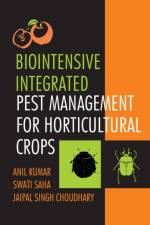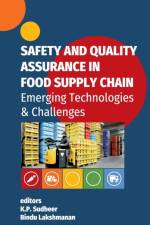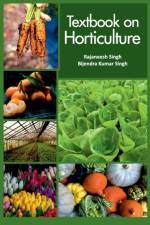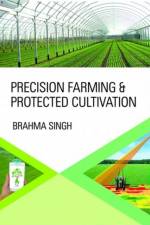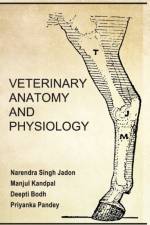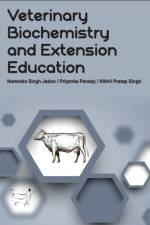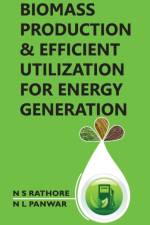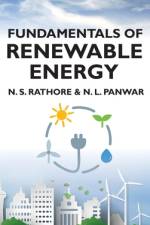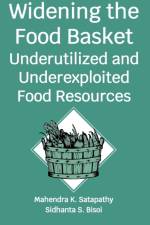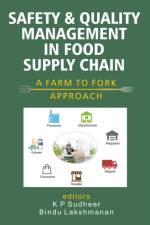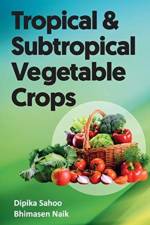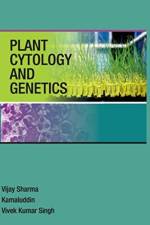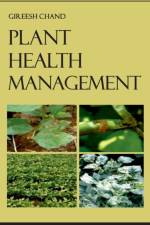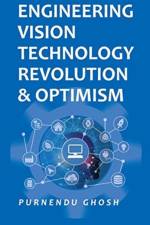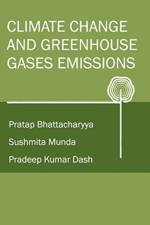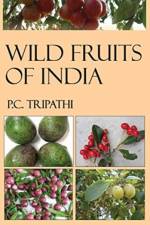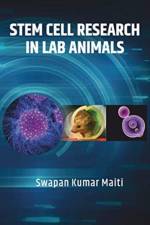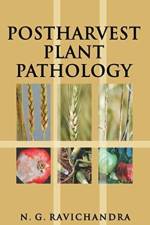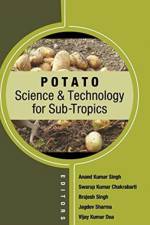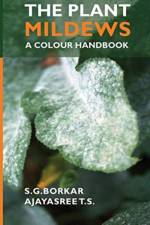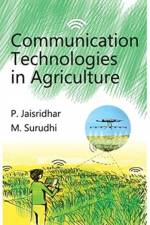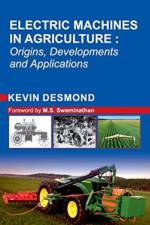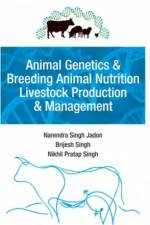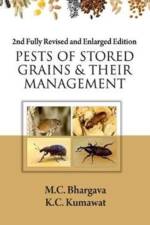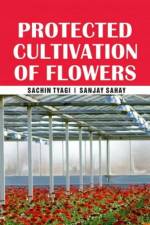av N.G. Ravichandra
3 077
The purpose of the book 'Postharvest Plant Pathology' is to provide its readers recent developments and updated comprehensive information on postharvest pathogens & diseases of major crops. This book explicates the fundamental aspects of postharvest diseases of crops and is conveniently divided into ten chapters, providing the latest information on the concept & types of postharvest diseases, economically significant postharvest pathogens & diseases of major crops, factors governing postharvest diseases, storage conditions, food safety issues, quiescence in post harvest pathogens, detailed & recent information on major mycotoxins, various approaches of postharvest disease management, integrated management strategies, biochemical & molecular aspects of postharvest diseases, apart from which, an exclusive chapter for discussing the postharvest nematode diseases and their management is also furnished. Impressive diagrams at appropriate places, convincing tables and suitable graphs / illustrations have been furnished. A bibliography providing the list of references cited has also been included. This book is first of its kind that covers the syllabus prescribed by the Indian Council of Agricultural and Research, New Delhi for postharvest plant pathology course for Undergraduate or Postgraduate degree programmes at various Agricultural and Horticultural Universities The information presented in this book, reflecting an extensive literature search, will be useful for teachers, researchers, students in several departments including Plant Pathology, Microbiology, Food Technology, Postharvest technology, Environmental Sciences, officials of the State Departments of Horticulture & Agriculture, personnel of Commercial Production Centers, Plant Quarantine, Certification agencies and Policy planners who are concerned with the production and supply of horticultural and agricultural produce of high quality and acceptable for human consumption.

